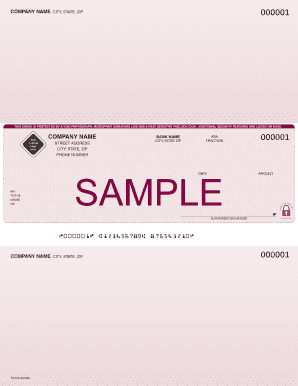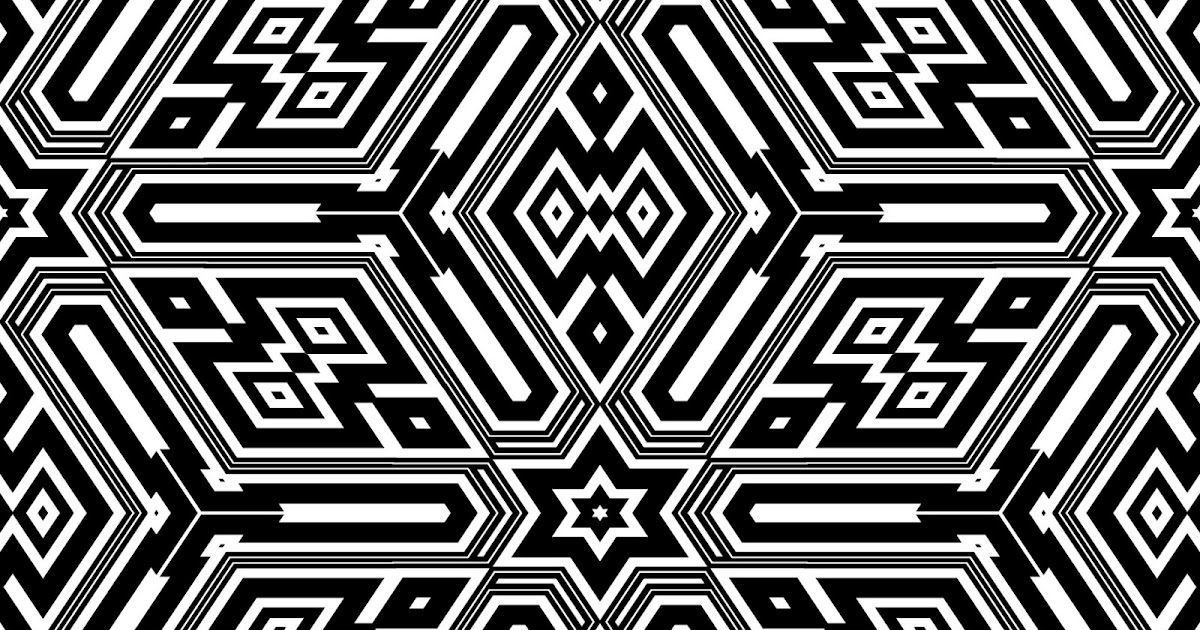

- Void pantograph laser printing pdf#
- Void pantograph laser printing full#
- Void pantograph laser printing series#

These checks were (in my opinion) better quality, yet less expensive than the checks I received from Skyline. Kathy House from Springfield, IL United StatesĪfter years of paying overpriced checks, I finally found your company.
Void pantograph laser printing pdf#
I would need to be able to place both PDF files on top of each other with the data mapper PDF file first and the static Pantograph on top.0 of 0 people found the following review helpful: I believe that Virtual Stationary would be out because I don’t think you can put the data from the data mapper there. If there is the option to preserve the transparency, then this next question is relevant. When you converted the Pantograph test pages for me earlier, was there an option to preserve transparency in Photoshop? The Pantograph has to be a PDF for now due to the TIFF issue. The data is a PDF file and does not have a transparent background so it covers up the Pantograph. Question: With PlanetPress Connect using the Pantograph as the virtual stationary. In PlanetPress Suite v7 if the Pantograph is a PDF this transparency setting does not work so I suspect that the PDF Pantograph is not transparent. When the data is a PDF and the Pantograph is a TIF, I could set the Pantograph as transparent and place this layer on top of the PDF background. A scanner or photocopier will act as a low-pass filter on the original image, blurring edges.īackground Info: With PlanetPress Suite v7 there is a setting for transparency.

Void pantographs work by exploiting the limitations and features of copying equipment. Typically they spell out "void", "copy", "invalid" or some other indicator message. Normally these are invisible to the eye, but become obvious when the document is photocopied. In security printing, void pantograph refers to a method of making copy-evident and tamper-resistant patterns in the background of a document. That leaves PDF as the only option, but most editors that produce PDF files appear to help out by either scaling or compressing the image which results in destroying the copy protect features. It appears that the image rendering in 2018.2 does not accept TIFF, BMP or PNG file that are 600dpi and 5100 x 6600 in size. The typical size of plain paper prescriptions is 8.5 x 11 and at 600 dpi a 8.5 x 11 document would be 5100 x 6600. It is very important that there is no loss (lossless) in the conversion to another image format for the copy protect feature to work. The Void Pantogragh can be in any lossless format such as TIFF, BMP, PNG and possibly PDF (really depends on how it’s done).
Void pantograph laser printing series#
The Amgraf void pantograph are supplied as series of pre-screened 1-bit TIFF images of varying density versions. The TIF samples can be downloaded from here: It’s difficult to determine what exactly is causing the issue.
Void pantograph laser printing full#
The TIF should be the full 8.5 X 11 page size. However when importing the TIF Connect tells me that the image is an unsupported file type and gives a big red X in the Designer if I drop it on to a master page (see screenshot below). To start with some LPI printer testing (to see how the printer engine responds to the pantograph printed from Connect) I’d like to start with a simple form that prints just the background. (Think the “VOID” background image of checks when copied) I’m working on a project that will require adding a TIF ‘security pantograph’ image to the background of a print context form.


 0 kommentar(er)
0 kommentar(er)
